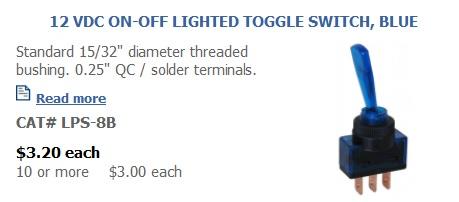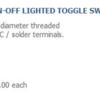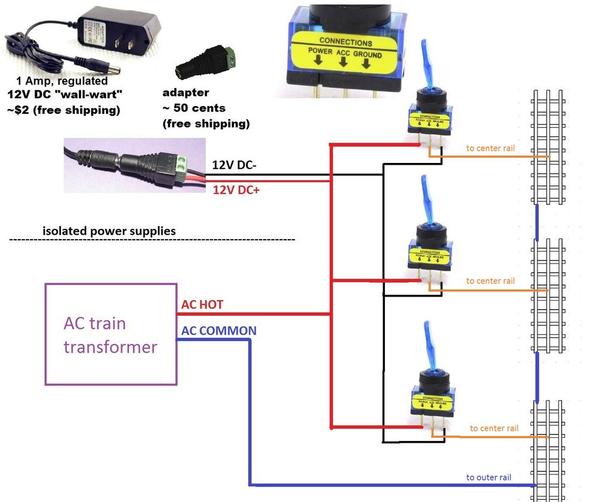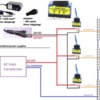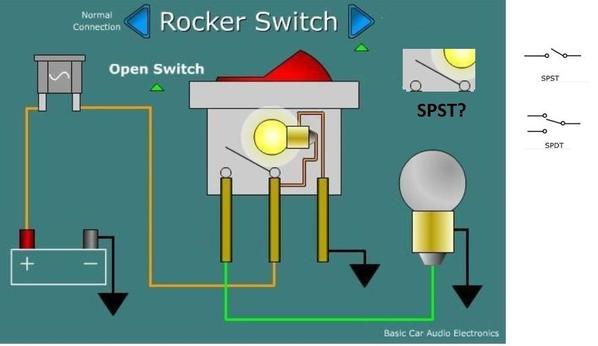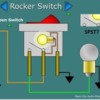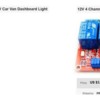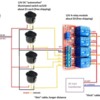..What would you use? I'm not 100% sold on these yet so if someone has a better idea or a better option please share.
So my conclusion from the on-going discussion is these 12V illuminated switches are really meant to switch 12V DC. Trying to mix AC and DC with isolated supplies is a non-starter (unless I've misunderstood Rob's idea). So taking rtr12's post about using relays in conjunction with these attractively priced switches, here's another option. Automotive switches with LEDs are about $1-2 on eBay, free-shipping, many styles, many LED colors. 12V relay modules are about $1/relay and come in modules of 1,2,4,8,16...

So in the case of the 4 yard blocks, you need 4 illuminated switches, a 4-relay module, and a 12V DC wall-wart. Total cost about $10 on eBay (free shipping). So each 12V switch would only switch 12V DC and drive one channel of the relay module. A relay (10 Amp contacts) would switch the track voltage AC to the respective yard block.
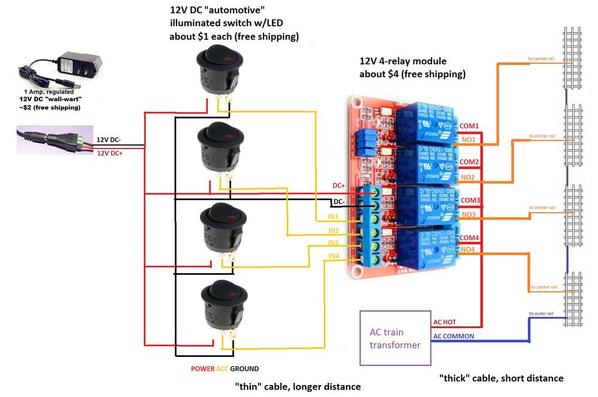
In some layouts, the control panel might be some distance from the controlled blocks. Note that with this configuration, the 12V DC control signals thru the toggle switches is low-current so the cabling can be "thin" wire. The AC power itself is high-current by placing the relay module near the controlled blocks, the amount of "thick" cable is minimized. In the non-relay method, "thick" cabling must be run from the control panel to the controlled blocks.




